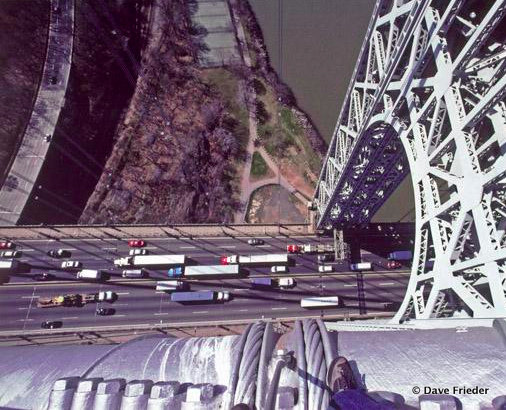 George Washington Bridge-Dave Freider-Pedestrian Path-Toll-Washington Heights-Panorama-NYC-2″ width=”573″ height=”465″ />
George Washington Bridge-Dave Freider-Pedestrian Path-Toll-Washington Heights-Panorama-NYC-2″ width=”573″ height=”465″ />
The 2010s have been the era of the teenage urban explorer, all motivated by many different reasons. Some for sheer brashness, some for Instagram fame, some for architectural preservationist reasons. It is also a response, we believe, to the shrinking numbers of places in New York City to explore without rules and regulations. With social media, we have seen more entrants into the urban explorer community, the expected clash between old school and new school, and a faster rise in awareness for the savviest of urban explorers.
On the opposite end of the spectrum is photographer Dave Frieder, also known as “The Bridge Man.” Over the last 22 years, he has been patiently documenting New York City’s bridges using film, predominantly from foot tingling perspectives up top. In 2013, we accompanied him to his favorite bridge, the George Washington Bridge, where he recounted the long quest to get his work known.
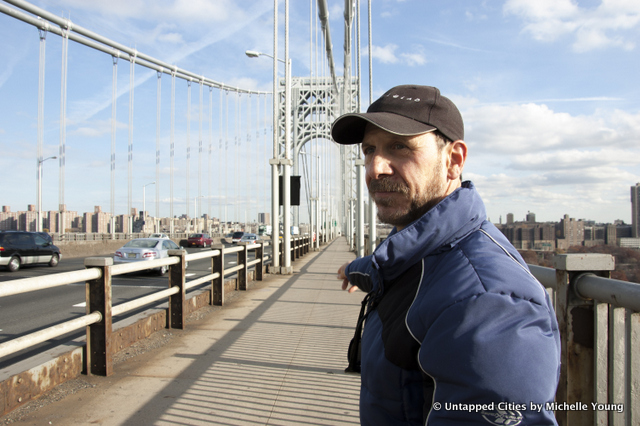
In an old school way, Frieder has weaved in and out of the photography world, inspired first by his own passion for the work of Ansel Adams. He cold called the Ansel Adams Gallery to find out who may have personally worked with Adams, who died in 1984. He was put in touch with Adams’ workshop assistant, Jeff Nixon, and through Jeff met John Sexton, Adams’ personal assistant. Jeff also connected him with Ansel Adams’ granddaughter who lived in the West Village at the time. From there he decided to go all in–he bought a Hasselblad camera, took workshops with Nixon and Sexton, and started developing his own images. Another photographer encouraged him to focus on a singular subject, and Frieder, inspired by Sexton’s images atop the Golden Gate Bridge, began tackling New York City’s bridges.
 George Washington Bridge. Photo by Dave Frieder
George Washington Bridge. Photo by Dave Frieder
For eight years, Frieder had uninterrupted access to the top of the city’s bridges, all the way up until 9/11. The simplicity of gaining access then is astounding to think about today. Frieder just needed to ask, provide proof of insurance, and confirm he was not afraid of heights. The only requirement he received back was that another guy would accompany him on the climbs. And one day, Frieder was able to achieve a dream: climb the cables of the George Washington Bridge.
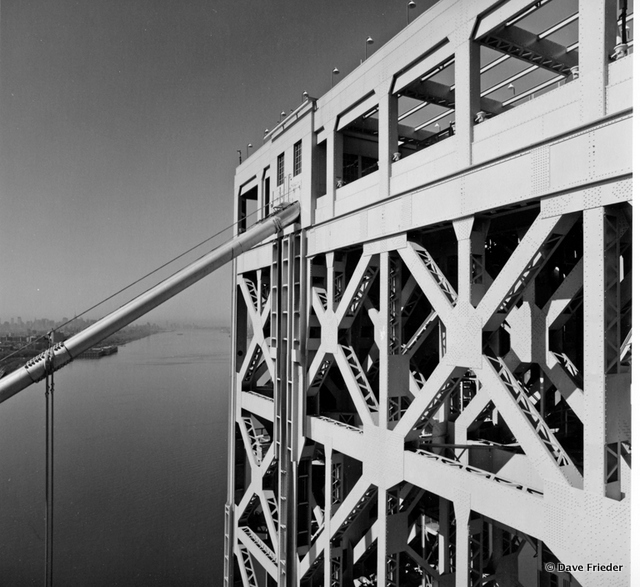 George Washington Bridge
George Washington Bridge
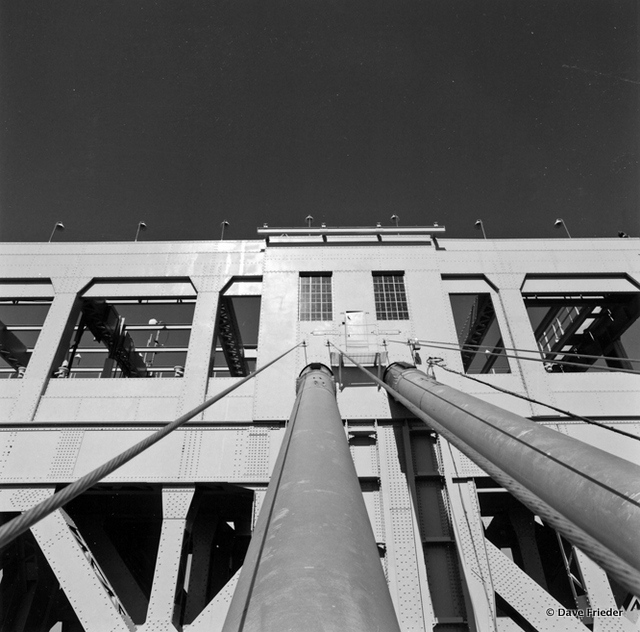
The George Washington Bridge, Frieder tells us, is his favorite “by far, nothing comes close.” He sees the suspension bridge as a ground-breaking engineering moment: “If it wasn’t for the George Washington, you wouldn’t have the Golden Gate Bridge or the Bay Bridge” or the bridge in Akashi Kaikyō Bridge in Japan, the world’s longest suspension bridge span since 1998. He seems to see the George Washington as the culmination of one evolutionary segment of bridge design: “The Williamsburg Bridge was the first all steel suspension bridge, the Manhattan Bridge was the first bottom suspension bridge to use a stiffening truss, and the George Washington was the first long suspension bridge. It’s an older design, but it’s still unbelievable.”
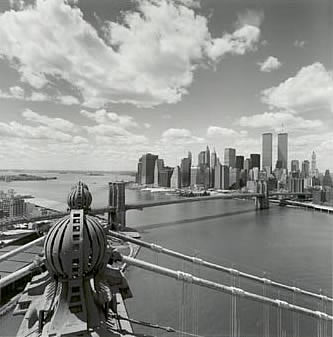 View from the Manhattan Bridge onto the World Trade Center and Brooklyn Bridge. Photo by Dave Frieder
View from the Manhattan Bridge onto the World Trade Center and Brooklyn Bridge. Photo by Dave Frieder
Before the lower deck was built, a 100 mph wind wouldn’t make too much of an impact because of the strength of the bridge and the dead weight of the roadway. “You could put a third deck on this bridge and it would still hold,” Frieder says, an addition he does not recommend however. The traffic is “bad enough with two decks,” he contends.
Since we spoke with him 2013, Frieder has completed all the photographers he needs to create a coffee table book, in black and white. He hopes to secure a literary agent and a publisher, and wants the book have “the look and feel of a book produced by Ansel Adams.” He also knows he’s sitting on a collection of photos nobody else has, both in terms of access and the breadth of his documentation. Dave has been active on Twitter since 2009 but when we asked whether he would seek non-traditional avenues to get his book published, Frieder seems wary of Kickstarter and for now, is going the old-school way, just like his photographs.
Here’s a selection of images from Dave Frieder’s website of New York City’s bridges:
The Bayonne Bridge:
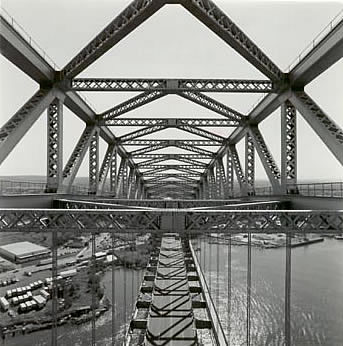 Photo by Dave Frieder
Photo by Dave Frieder
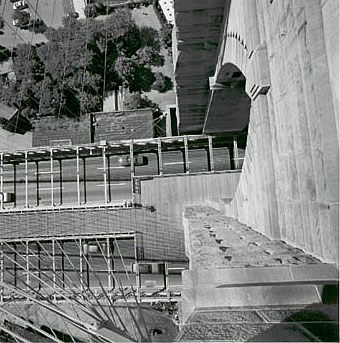 Photo by Dave Frieder
Photo by Dave Frieder
The Goethals Bridge:
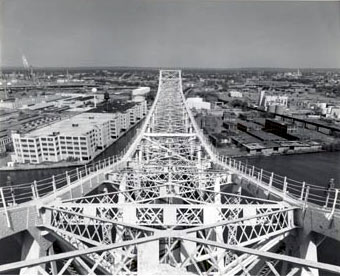 Photo by Dave Frieder
Photo by Dave Frieder
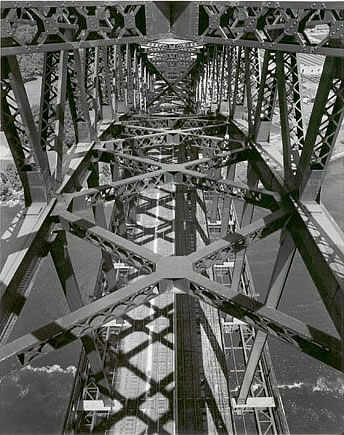 Photo by Dave Frieder
Photo by Dave Frieder
The Triboro Bridge:
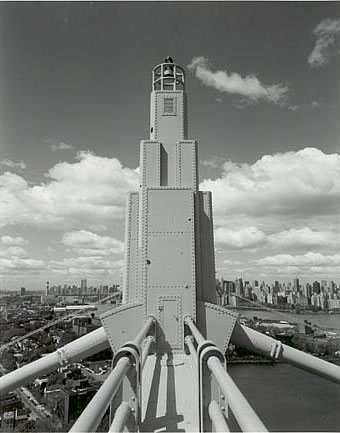 Photo by Dave Frieder
Photo by Dave Frieder
The Verrazano Bridge:
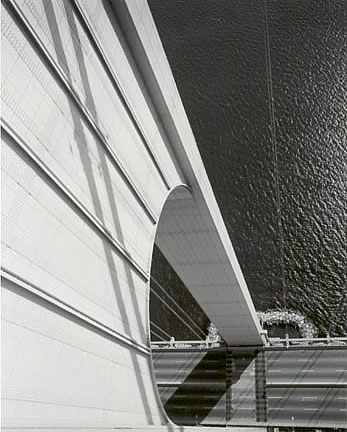 Photo by Dave Frieder
Photo by Dave Frieder
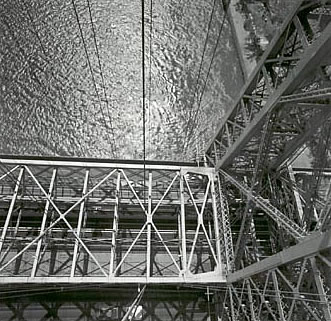 Photo by Dave Frieder
Photo by Dave Frieder
Next, check out the Top 10 Secrets of the George Washington Bridge. Get in touch with the author @untappedmich.





